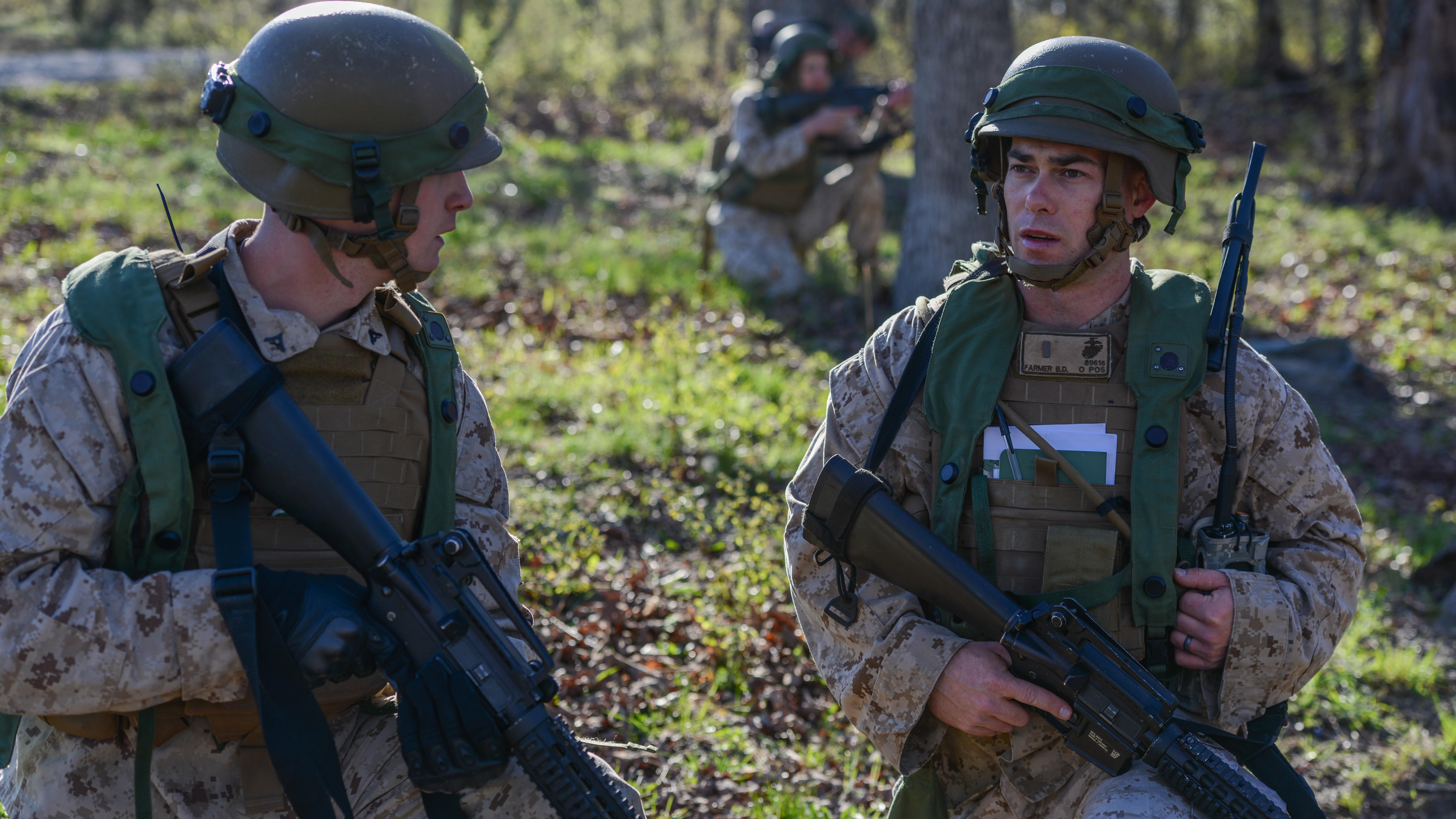Aerospace Engineer Work Environment

Introduction to Aerospace Engineer Work Environment

Aerospace engineers are responsible for designing, developing, and testing aircraft, spacecraft, and missiles. Their work environment is often dynamic and challenging, requiring a strong foundation in mathematics, physics, and materials science. Aerospace engineers may work in a variety of settings, including private industry, government agencies, and educational institutions. In this blog post, we will explore the different aspects of an aerospace engineer’s work environment, including their daily tasks, work settings, and required skills.
Daily Tasks of an Aerospace Engineer

The daily tasks of an aerospace engineer can vary depending on their specific job role and industry. However, some common tasks include: * Designing and developing new aircraft, spacecraft, and missile systems * Conducting tests and simulations to ensure the safety and efficiency of aerospace systems * Analyzing data and making recommendations for improvement * Collaborating with other engineers and technicians to resolve problems * Developing and managing budgets and schedules for aerospace projects * Ensuring compliance with safety and regulatory requirements
Work Settings for Aerospace Engineers

Aerospace engineers may work in a variety of settings, including: * Private industry: Many aerospace engineers work for private companies that design and manufacture aircraft, spacecraft, and missiles. These companies may include major aerospace contractors, small startups, and everything in between. * Government agencies: Aerospace engineers may also work for government agencies, such as NASA or the Department of Defense. These agencies are responsible for developing and implementing aerospace policies and programs. * Educational institutions: Some aerospace engineers work in academia, teaching and conducting research at universities and colleges. * Research and development: Aerospace engineers may work in research and development settings, where they design and test new aerospace systems and technologies.
Required Skills for Aerospace Engineers

Aerospace engineers require a strong foundation in mathematics, physics, and materials science. They must also have excellent problem-solving and communication skills. Some other key skills for aerospace engineers include: * Programming skills: Aerospace engineers must be proficient in programming languages, such as C++, Python, and MATLAB. * Data analysis: Aerospace engineers must be able to analyze and interpret complex data sets. * Project management: Aerospace engineers must be able to manage budgets and schedules for aerospace projects. * Collaboration: Aerospace engineers must be able to work effectively with other engineers and technicians.
Challenges Faced by Aerospace Engineers

Aerospace engineers face a variety of challenges in their work, including: * Complexity: Aerospace systems are often complex and require a deep understanding of mathematics, physics, and materials science. * Safety: Aerospace engineers must ensure that their designs are safe and reliable. * Regulatory requirements: Aerospace engineers must comply with a variety of regulatory requirements, including those related to safety, environmental impact, and export controls. * Budget constraints: Aerospace engineers must often work within tight budget constraints, which can limit their ability to design and develop new systems.
| Industry | Job Role | Required Skills |
|---|---|---|
| Private industry | Aerospace engineer | Programming skills, data analysis, project management |
| Government agencies | Aerospace engineer | Programming skills, data analysis, policy development |
| Educational institutions | Professor/researcher | Teaching, research, publication |

🚀 Note: Aerospace engineers must be willing to continuously learn and update their skills to stay current with the latest technologies and developments in the field.
Future Outlook for Aerospace Engineers

The future outlook for aerospace engineers is strong, with a growing demand for skilled engineers in the private industry, government agencies, and educational institutions. Some of the emerging trends in the field of aerospace engineering include: * Sustainability: There is a growing focus on sustainable aviation and space exploration, with a emphasis on reducing environmental impact. * Autonomy: Autonomous systems, such as drones and self-driving cars, are becoming increasingly important in the aerospace industry. * Advanced materials: New materials and technologies, such as 3D printing and advanced composites, are being developed to improve the performance and efficiency of aerospace systems.
In summary, the work environment of an aerospace engineer is dynamic and challenging, requiring a strong foundation in mathematics, physics, and materials science. Aerospace engineers may work in a variety of settings, including private industry, government agencies, and educational institutions. They must have excellent problem-solving and communication skills, as well as programming skills, data analysis, and project management. Despite the challenges faced by aerospace engineers, the future outlook for the field is strong, with a growing demand for skilled engineers and emerging trends in sustainability, autonomy, and advanced materials.
As we reflect on the key points discussed in this blog post, it is clear that aerospace engineers play a critical role in the development and implementation of aerospace systems. Their work environment is complex and challenging, but also rewarding and dynamic. With the growing demand for skilled engineers and emerging trends in the field, the future outlook for aerospace engineers is strong. Whether working in private industry, government agencies, or educational institutions, aerospace engineers must be willing to continuously learn and update their skills to stay current with the latest technologies and developments in the field.
What is the average salary of an aerospace engineer?

+
The average salary of an aerospace engineer varies depending on factors such as location, industry, and level of experience. However, according to the Bureau of Labor Statistics, the median annual salary for aerospace engineers in the United States is around $115,000.
What are the educational requirements for becoming an aerospace engineer?

+
Aerospace engineers typically require a bachelor’s degree in aerospace engineering or a related field, such as mechanical engineering or physics. Many aerospace engineers also pursue advanced degrees, such as master’s or Ph.D.s, to specialize in a particular area or to advance their careers.
What are the job prospects for aerospace engineers?

+
The job prospects for aerospace engineers are strong, with a growing demand for skilled engineers in the private industry, government agencies, and educational institutions. According to the Bureau of Labor Statistics, employment of aerospace engineers is projected to grow 2% from 2020 to 2030, which is slower than the average for all occupations.



